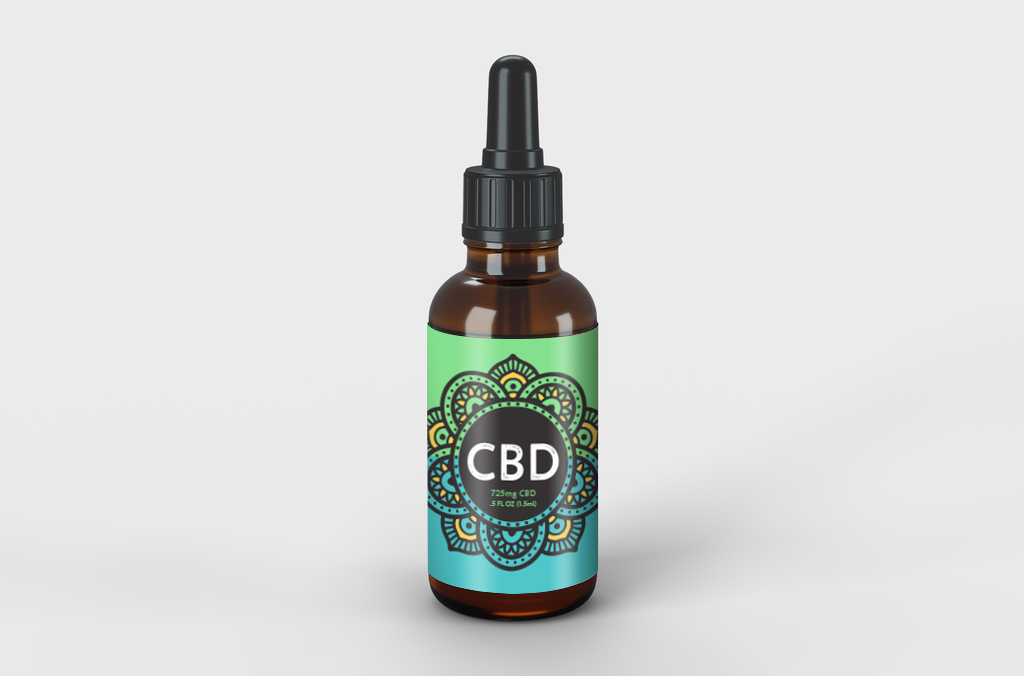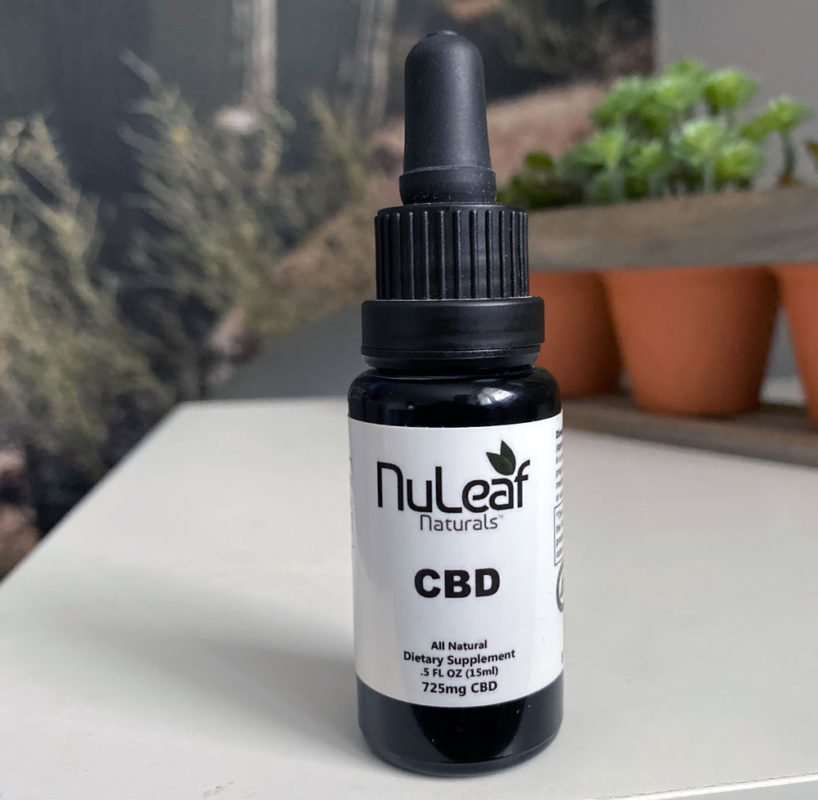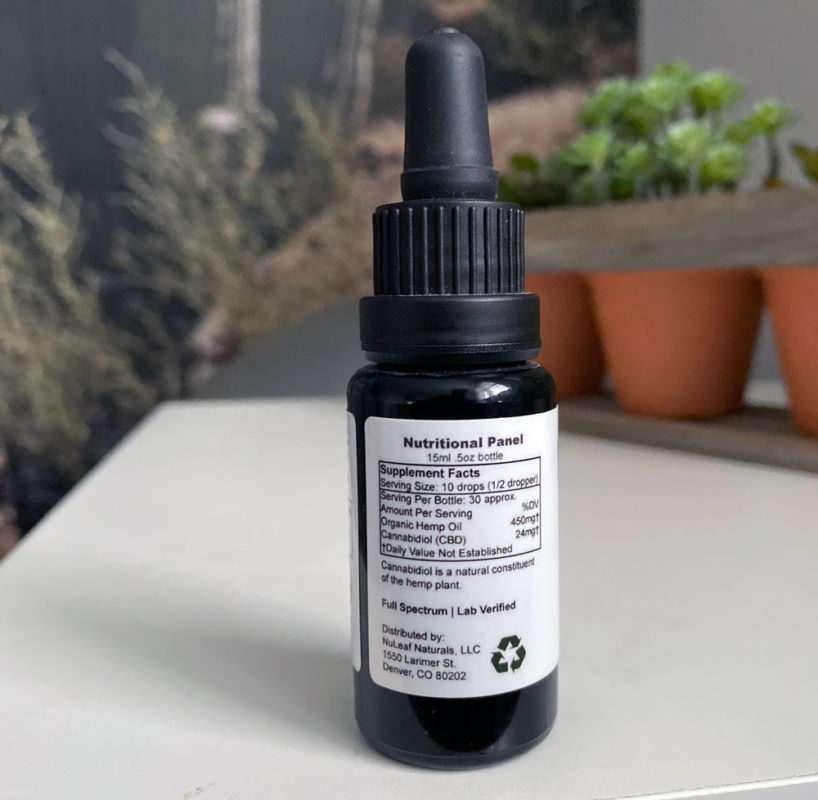CBD Product Packaging and Labeling Considerations
The CBD market is one of the fastest growing in the USA right now, with many new manufacturers and retailers joining regularly. Labeling and packaging are of paramount importance as this is a product that buyers want to know about – clearly and concisely – before they buy, and there are some legal requirements too.
Bear in mind that not all states of the USA have legalized the sale of edible CBD products. It is vital that you carefully check the FDA regulations regards the sale and labeling of CBD products in your location. Before we talk in brief about what you should display on your packaging, a few of things you must not do:
- Never make misleading claims for your CBD product; the FDA is extremely strict regards claims that such products can cure diseases and will clamp down on those stating such.
- Read the Poison Prevention Packaging act 1970, it is particularly important.
- Do nothing other than be honest about your product, or you could be in a lot of trouble.
Now, let’s cover the messages that must be on your packaging, and please remember to refer to your state’s FDA guidelines.

What Must Be Included
Identity and Description – on the outer packaging you need to display your brand, as this is what you want people to remember, and you need also describe the product. This means telling the buyer what it is, and what it does. For example: ‘CBD Oil’ describes the product itself, and ‘Natural’ with perhaps reference to it helping with sleep gives further qualification. Once again, do not refer to it being used to treat any medical conditions.
Net Quantity – your buyers want to be able to compare products and be aware of how much they are getting when they buy your product. The net contents must appear on the main panel of your outer container – in the bottom third – and on a panel on any inner packaging. This is a standard requirement.
Contact Details – make sure your company name, address, and perhaps a telephone number or other contact details are clearly displayed on both outer and inner packaging.
Ingredients – these must be declared in full, and displayed on the outer packaging or on the container in which the product is packed.
Any Warnings – include a warning against use by pregnant women, by children, and advice that users may fail a drugs test.
Important facts – you need to tell buyers whether your product is isolate, broad or full spectrum, plus include manufacturing and expiry dates as well as a manufacturing batch number.
The above is a brief guideline as to what you need to include on the label for a CBD product. As mentioned above, there may be further requirements depending upon your location, so it is essential that you consult state laws regarding the sale and packing of CBD oil and other products. We recommend that you investigate the subject in more detail, or ask an expert product packaging designer for advice and help.
CBD Packaging: Design & Branding Considerations

Packaging design is a unique science with many factors determining whether it will be commercially successful. Simply put, the goal of your CBD packaging will be to clearly demonstrate the purpose and benefits of the product using attractive visuals and messaging.
Since we discussed the critical label information above, let’s talk about keys to successful packaging specific to CBD.
Layout: Keep it simple. Contrary to what many non-designers believe, white space is not your enemy. Make sure your brand is well represented front and center. Be sure to follow any font size requirements, if applicable.
Arrange the elements so the layout is balanced and prioritize important messaging. Avoid jamming information. A busy label usually resulting in an ineffective and confusing message. You do not want a potential customer to get anxiety when they view your label.

Typography/Fonts: CBD products generally have an earthy look or a clean medical look. Wellness/health and medical products will likely implement different styles of fonts. It’s important to pick a theme that matches your brand and specific product and run with it.
Colors: Earthy colors such as greens, yellows, and browns convey health and wellness. Brighter, high-contrasting colors are eye-catching and can be very effective in marketing.
Additionally, cooler colors and neutrals with contrasting dark colors such as black and grey give a formal professional impression. This approach would be effective for a medical product.
Questions, feedback, or additional comments? Please leave a comment below.





